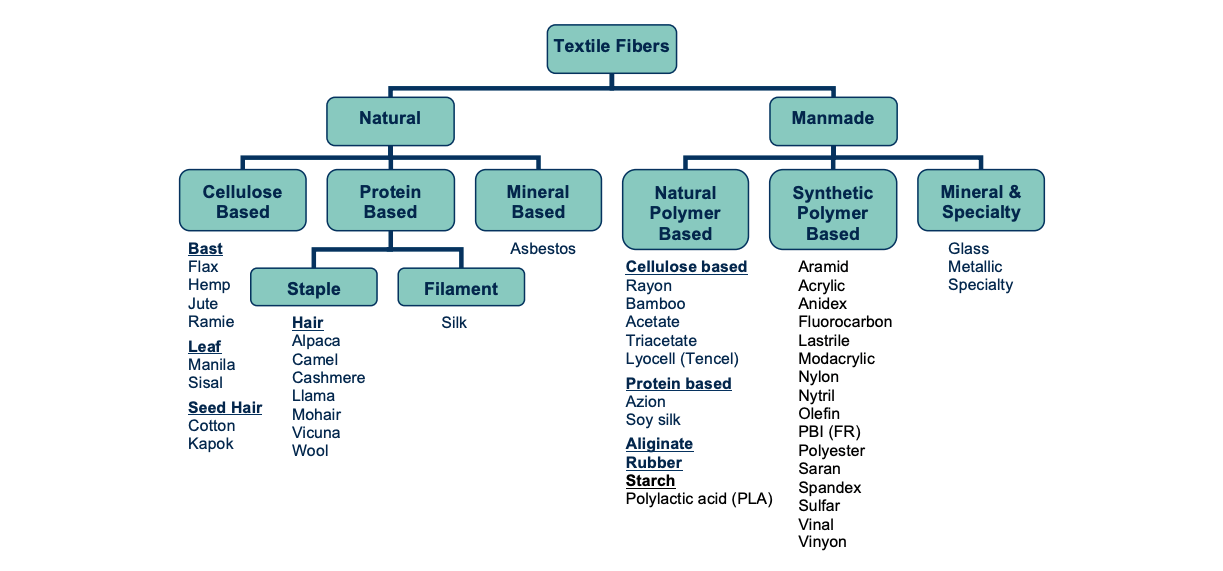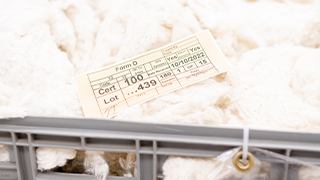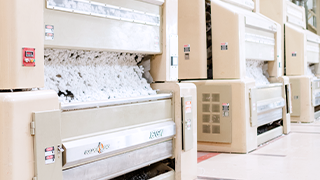Natural vs. Synthetic Fibers
Benefits of Investing in Natural Fibers
Regardless of sector—agriculture, apparel, or manufacturing—fiber facts matter to stakeholders and consumers. Knowing more about cotton and all other fiber varieties is a key building block for informed decision-making. As with all fibers, cotton fiber quality comes in a wide range depending on where and how it’s grown, and how it’s harvested.
Cotton fiber is particularly well-suited for apparel and home end uses because of its strength, durability, comfort, and temperature resistance. And, in contrast to synthetic, man-made fibers, natural fibers occur in and are sourced directly from nature. For example, cotton is a natural vegetable fiber obtained from the seed of the cotton plant and produced on the plant in bolls. Here are a few of the biggest differences between natural and synthetic fibers and why they matter.

Difference Between Natural & Synthetic Fibers
- Natural fibers occur in fiber form in nature as opposed to synthetic fibers which are manufactured.
- Natural fibers are cellulose-based, protein-based, or mineral-based. Because cotton comes from a plant, it is cellulose-based.
- Some manmade fibers are cellulose-based. Rayon raw cellulose, for example, is sourced from cotton, wood pulp, various grasses, and bamboo. Unlike wholly natural fiber, though, these cellulose-based end fibers have been chemically altered from their natural state to produce the new, manmade fiber.
- Synthetic polymer-based fibers are made from chemical polymers not found in nature and, unlike natural fibers, are mainly insoluble (do not break down in water). Some of these include nylon, acrylic, spandex, and polyester.

Choose Natural Fibers
While manufactured fibers are manmade using materials like glass, metal, and plastic, natural fibers are processed and prepared for market without the use of any environmentally destructive synthetic filler fibers.
Choosing natural makes a difference when it comes to a product’s end-of-life. Cotton fiber breaks down significantly more quickly in nature than man-made fibers. More importantly, rather than just breaking up into smaller pieces that get spread out across the earth and ocean, natural fibers actually degrade, diminishing the total mass of materials left on the planet after the product loses its usefulness. Ultimately, this means less material in landfills and fewer microplastics in the ocean.
Textile Fibers Guide
Get a full classification of natural and manmade textile fibers: Download our Textile Fibers Guide.
With our guide, you’ll get:
- The definition of cotton fiber
- Details about the cultivation of cotton
- A list of cotton-growing states
- The growth stages of cotton fiber formation
- Details about dried and open cotton bolls
- An explanation of the cotton ginning process
- A breakdown of the physical properties of cotton fiber
- A diagram and explanation of the microscopic appearance of cotton
- A cross-sectional view of a cotton fiber and of a bundle of cotton fibers
- A longitudinal convolution of a cotton fiber
- Explanation of cotton fiber quality measurement
- A visual of cotton fiber grade boxes used to determine leaf grade
- List of references
- Appendix illustrating the comparison of fiber properties
Want to know even more? Get an overview of cotton plant growth and cotton fiber development stages.
More on Cotton Fiber Science
- Sourcing Cotton: How Fiber Quality Impacts Your End Product
- Cotton Fiber Development & Maturation
- Cotton Fiber: Harvesting & Ginning
- Cotton Fiber Qualities & Evaluation
- Cotton Classification


